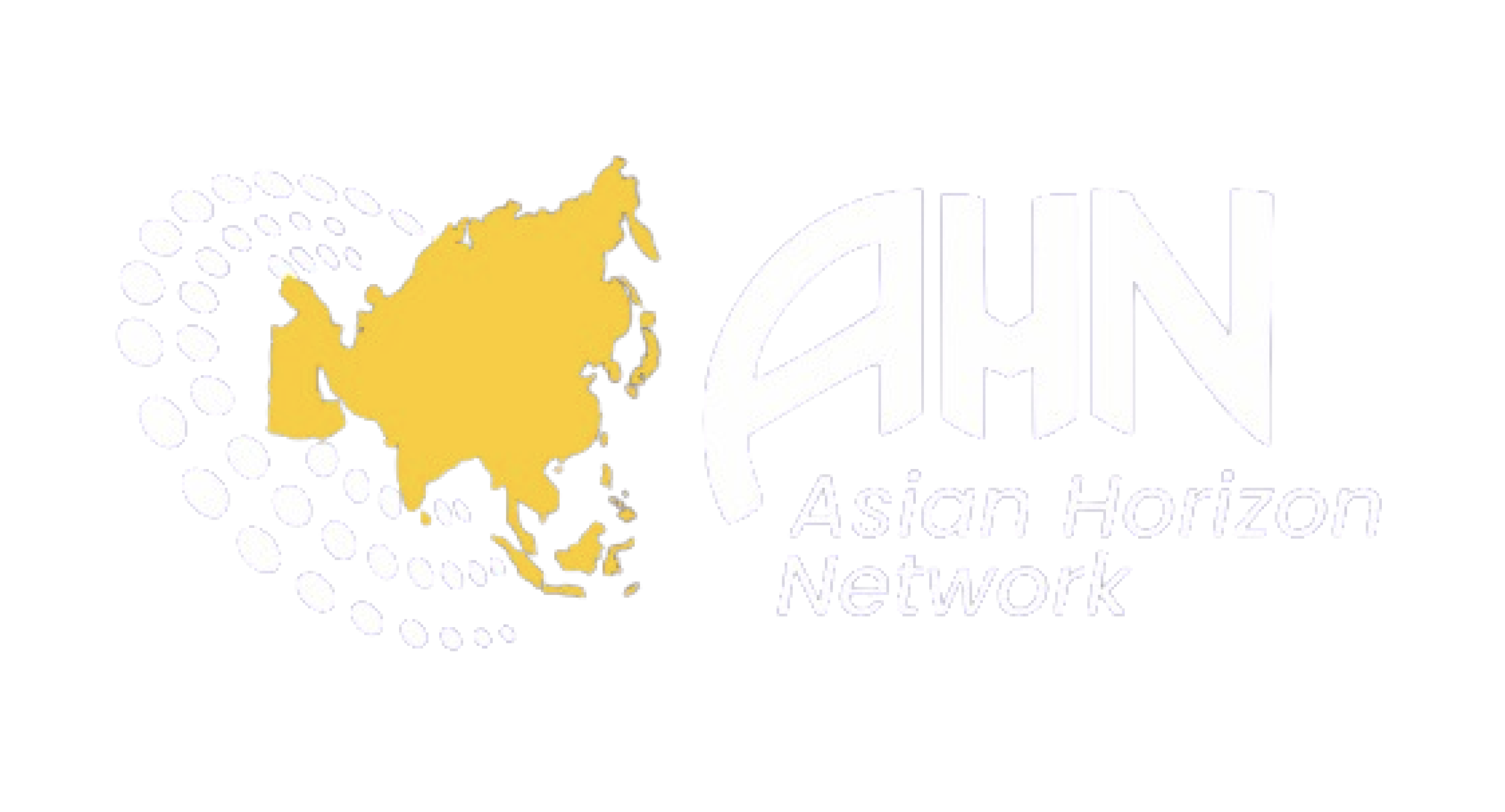Economy
PNGRB Proposes Tariff Adjustment; Lowest Rates for CNG and Piped Gas

In a significant regulatory shift, the Petroleum and Natural Gas Regulatory Board (PNGRB) has proposed a new framework for determining pipeline tariffs for gas distribution, aiming to charge the lowest rates for city gas networks supplying CNG and piped cooking gas (PNG) to households. The regulator has released a public consultation document seeking stakeholder feedback on changes to zonal tariffs for pipelines transporting natural gas from production sites or import terminals to users such as power plants, fertilizer units, and city gas suppliers. The proposal intends to boost investments and increase gas consumption, particularly in the transport and domestic sectors.
Under the revised structure, PNGRB suggests reducing the number of tariff zones from three to two and applying the lowest tariff (Zone-1 rate) to all CNG and PNG-domestic consumers, regardless of their distance from the gas source. This move is expected to reduce costs for city gas distributors, especially those located far from supply points, making natural gas more competitive against liquid fuels.
PNGRB, which regulates pipeline tariffs to ensure a 12% normative return on capital investment, had previously implemented a Unified Tariff system in April 2023 to address pricing disparities based on distance. Earlier, tariffs increased with each incremental 300 km of pipeline distance. The current three-zone structure charges 52.5% of the unified tariff for Zone-1 and 75% for Zone-2. The new proposal revises this, setting Zone-1 charges at 66.17% of the unified tariff while applying a 100% rate beyond this zone. However, CNG and PNG-domestic consumers nationwide will continue to be charged at Zone-1 rates, regardless of location.
The proposal also includes incentives for isolated pipeline networks, equitable distribution of benefits from surplus gas volumes between consumers and pipeline operators, and policies for long-term procurement of system use gas (SUG) by pipeline operators. It is expected to drive investment in gas infrastructure, particularly in remote areas, and promote the expansion of CNG and PNG connections.
PNGRB has authorized entities to develop pipelines, distribute piped gas, and establish CNG stations across India, excluding island territories. According to the Minimum Work Programme commitments, the country aims to have 120 million PNG (domestic) connections and 17,500 CNG stations by 2030. As of December 2024, India has 7,395 CNG stations and 14 million PNG domestic connections.
With an anticipated compound annual growth rate (CAGR) of 10% in the city gas distribution (CGD) sector by 2030 and 2040, future gas consumption is expected to rise significantly. Previous PNGRB reforms in 2020 and 2022 focused on encouraging investment in gas networks, particularly in remote areas. Before the introduction of the Unified Tariff system in 2023, pipeline tariffs were distance-based, with higher charges for consumers located far from gasfields and LNG terminals.
The Unified Tariff framework was introduced to standardize gas transportation charges across India’s expanding gas grid. The levelized unified tariff for 2023-24 was set at Rs 73.93 per million British thermal units (mmBtu), with zonal rates distributed as Rs 39.45 per mmBtu for Zone-1, Rs 74.97 per mmBtu for Zone-2, and Rs 99.90 per mmBtu for Zone-3. The proposed amendments are expected to enhance gas accessibility, reduce costs for end-users, and attract investments in pipeline infrastructure, particularly in underdeveloped areas.
Disclaimer: This image is taken from Business Standard.



